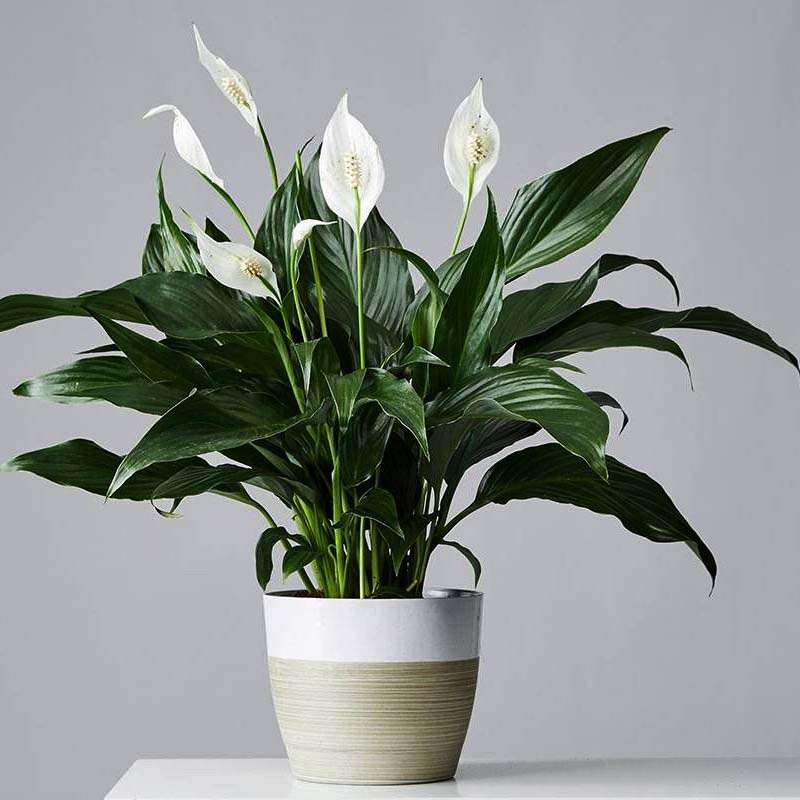
The peace lily is a kind of tropical flowering plant that belongs to the Spathiphyllum genus. In order to grow peace lilies while they are outside of their hardiness zones, some people grow them indoors. There are various peace lily species under the genus. The leaves of peace lilies are oval and quite big, glossy, and usually green. They typically bloom in the spring, though this can change when cultivated inside. A strong peace lily may bloom twice a year, producing blossoms that last for several months.
Care
In the United States, peace lilies are typically grown as potted houseplants because most climates make it difficult to grow this plant outside. If your peace lilies are in pots, you can transfer them outside for the summer. Bring them back inside, however, when the weather turns chilly in the fall.
A peace lily can be easily maintained inside. Give your plant filtered sunlight, a relatively moist soil, and regular temperature changes.
Planting
The happiest state for peace lilies is when they are somewhat root-bound. Early in the spring, the plant can be potted up to a larger container if it has obviously outgrown its current one. Repotting is necessary if roots are emerging from the soil and coming out of the drainage holes. The plant should be potted in a clay or terracotta container that can drain away extra moisture. Use only premium potting soil in well-drained containers.

Light
Sunlight is necessary for peace lilies, but not direct sunlight. These are shade-loving plants in their natural habitats. Although they need a little more filtered light indoors, peace lilies. (Some species can withstand light better than others.) The east-facing window in your house is the ideal place to exhibit a peace lily.
Soil
Peace lilies prefer a rich, loose potting soil that is rich in organic matter. With soil that closely simulates the tropical canopy circumstances where these plants naturally flourish, when the soil is rich with decomposing plant matter, you’ll experience the most success. Because the plant is also quite sensitive to too wet soil conditions, choose a mixture that drains effectively.
Water
Peace lilies prefer to be underwatered rather than overwatered. The amount of water a peace lily requires will depend on the size of the container and how rapidly the soil drains, but in general, water when the top inch of soil becomes dry. Winter watering should be less frequent, but never allow the soil to become completely dry. If the water in your home has been severely chlorinated, use filtered or distilled water instead. As an alternative, you can allow the chlorine to evaporate in the tap water by leaving it out for a few days.
Temperature and Humidity
These plants prefer warm, moist surroundings. Avoid draughts and temperatures below 55 degrees Fahrenheit; the plant will die if it is subjected to persistently low temperatures. The ideal temperature range for your peace lily is between 65 and 80 degrees. To boost humidity throughout the summer growing season, spray the leaves once a week with softened or distilled water.
Fertilizer
Peace lilies benefit from frequent feedings since they produce the healthiest plant and the best seasonal blooming. As recommended by the manufacturer, feed your plant once per week throughout the summer. You can also use slow-release pellets at the beginning of the season. You don’t need to fertilize the plant in the winter.
Table





